TCM Diagnosis – Palpation Diagnosis
“Observation, Listening, Inquiry, and Palpation” are the four diagnostic methods used to diagnose diseases, which are still widely used today and serve as an important basis for TCM syndrome differentiation and treatment. Today, we will learn about the last diagnostic method of the four—Palpation Diagnosis.
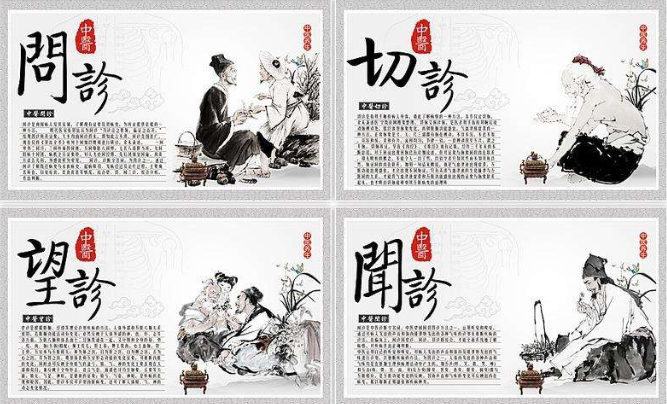
The so-called “Observation Diagnosis” involves observing the patient’s spirit, color, shape, and state changes. “Spirit” refers to the mental and energetic state; “Color” reflects the external manifestation of the vitality of the five organs; “Shape” indicates the signs of fullness or weakness of the body; “State” reflects the dynamic flexibility or rigidity. This involves observing the patient’s face, mouth, nose, teeth, tongue and coating, limbs, and skin to understand the patient’s “Spirit”. Bian Que placed great importance on observation diagnosis, ranking it as the first of the four diagnoses.

The so-called “Listening Diagnosis” refers to listening to the patient’s voice, breathing, coughing, vomiting, belching, and the sounds of gas, as well as smelling the patient’s body odor, bad breath, and the odors from phlegm, nasal discharge, and urine.

The so-called “Inquiry Diagnosis” involves asking the patient about the onset and changes of the illness, including cold and heat sensations, sweating, sensations in the head and body, bowel movements, diet, and various conditions related to the chest, abdomen, ears, and mouth.

Bian Que, building on the diagnostic methods of his predecessors, invented and created the “Palpation Diagnosis Method”. The Records of the Grand Historian states: “To this day, when people speak of pulse diagnosis, it is attributed to Bian Que.” Sima Qian honored Bian Que as the foremost physician, indicating his respect for Bian Que and the importance of palpation diagnosis.
The so-called “Palpation Diagnosis” includes pulse diagnosis and palpation. Pulse diagnosis involves feeling the pulse to understand its characteristics. Palpation involves using the hands to touch and press the patient’s body surface to assess the patient’s temperature, hardness or softness, and whether the area is tender or not, aiding in diagnosis.
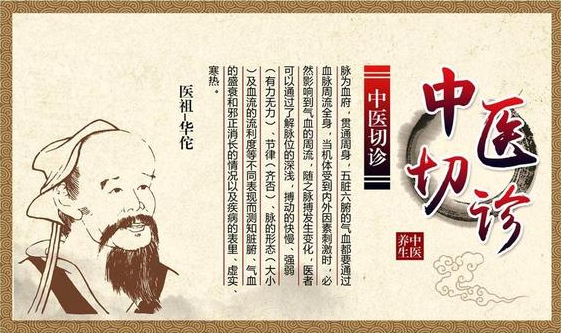
We have previously explained the content of pulse diagnosis in detail, so today we will focus on palpation diagnosis.
Palpation diagnosis is an important component of palpation diagnosis and is an indispensable part of the diagnostic method. Palpation can not only further confirm the findings of observation diagnosis, supplementing its deficiencies, but also provide key points for inquiry diagnosis, especially playing a more significant role in diagnosing abdominal diseases.
However, in clinical practice, both pulse diagnosis and palpation diagnosis have important guiding significance and should not be biased towards one; they must be considered together in diagnosing the patient.
Section 1: The Methods and Significance of Palpation Diagnosis
1. The Position for Palpation Diagnosis
Depending on the purpose of palpation and the area to be examined, different positions should be adopted.
1. Basic positions: sitting or supine/side-lying.
2. Operations for palpation in sitting and supine/side-lying positions:
When the patient is in a sitting position, the doctor faces the patient, using the left hand to gently support the body, while the right hand touches and presses a specific area.
When palpating the chest and abdomen, the patient lies supine, fully relaxed, while the doctor stands on the patient’s right side, using the right hand or both hands to palpate certain areas of the patient’s chest and abdomen.
When palpating abdominal masses or tense abdominal muscles, the patient should flex both knees to relax the abdominal muscles or take deep breaths to facilitate palpation.
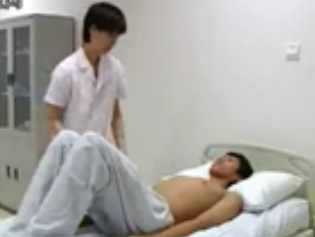
2. Techniques of Palpation: Touching, Pressing, Tapping
(1) Touching Method
[Meaning] Using fingers or palms to lightly touch or gently slide over the patient’s skin to understand its temperature and moisture (temperature, humidity).
[Significance] Differentiating external pathogens from internal injuries, presence of sweating, and the balance of Yang Qi and Yin fluids.
(2) Pressing Method
[Meaning] Using fingers to apply slight pressure on the area to understand local sensations, presence of pain and masses, as well as the extent and degree of swelling.
[Significance] Differentiating the location of the disease and its deficiency or excess.
(3) Palpation Method
[Meaning] Using firm pressure or pushing on the area to assess for deep tenderness or masses, as well as the shape, size, texture, and mobility of the masses.
[Significance] Differentiating the deficiency or excess of the organs and the stagnation of pathogenic factors.
☻Note: Differences between touching, pressing, and palpation methods:

(4) Tapping Method
[Meaning] Using the hand to tap a specific part of the body, generating sound or vibration to determine the nature and extent of the disease.
[Techniques] There are direct tapping and indirect tapping methods (fist tapping method, finger tapping method).
Direct tapping method involves the doctor gently tapping with the tip of the middle finger or the palm of the hand on the area being examined, using the sound or sensation of the tapping to assess the condition of the affected area.
Indirect tapping method includes palm tapping method and finger tapping method:
Fist tapping method involves the doctor placing the palm of the left hand flat against the examination area of the patient, while the right hand forms a fist to tap the back of the left hand, commonly used for examining abdominal or lumbar diseases.
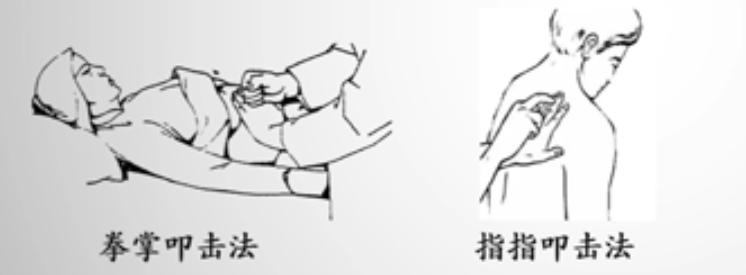
Finger tapping method involves the doctor placing the second joint of the left middle finger against the area to be examined, while the other fingers are slightly raised and not in contact with the skin, and the right hand taps the tip of the left middle finger. This method is usually performed with the patient in a sitting or supine position and is commonly used for examining the chest, abdomen, and intercostal areas.
[Significance] Differentiating the nature and condition of the disease.
3. Precautions
1. Choose appropriate positions and methods based on the disease location;
2. The doctor should act with composure and seriousness, using gentle and soft techniques, avoiding excessive force or cold hands during palpation;
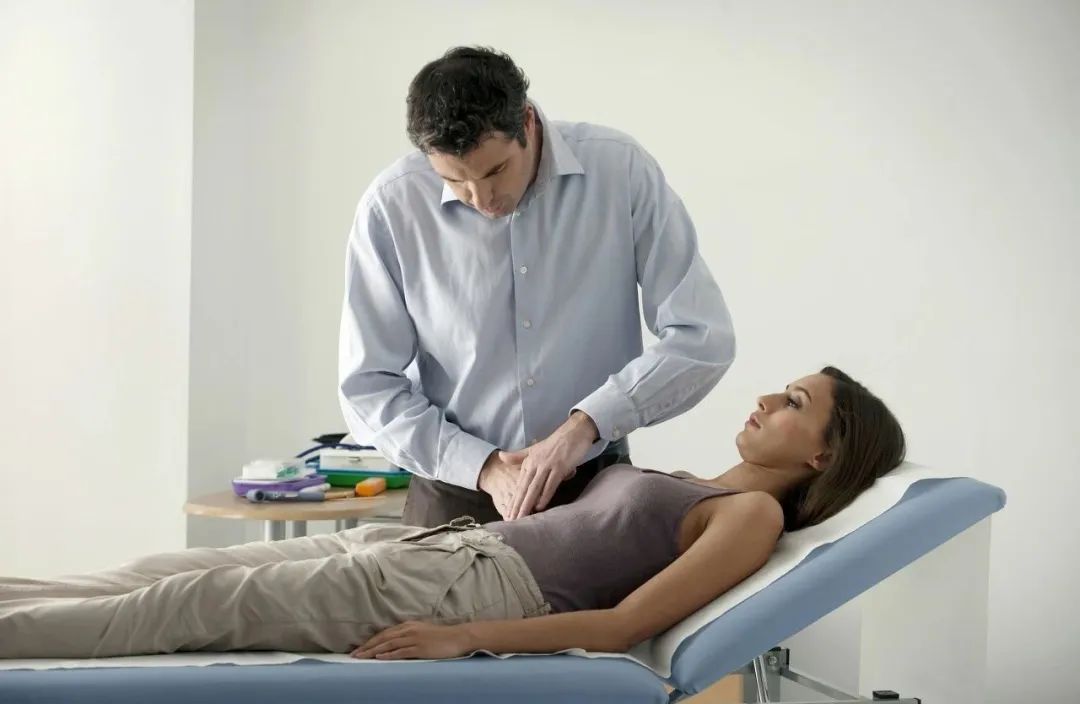
3. Obtain the patient’s cooperation to accurately reflect the sensations in the affected area;
4. Pay attention to the patient’s facial expressions during the examination to accurately identify the location and degree of pain;
5. Divert the patient’s attention to reduce false reactions caused by mental tension.
The above are the precautions for doctors during palpation diagnosis, which also remind learners to actively cooperate with the doctor during palpation to avoid mental tension. This concludes the methods and significance of TCM palpation diagnosis; tomorrow we will learn about the content of palpation diagnosis.
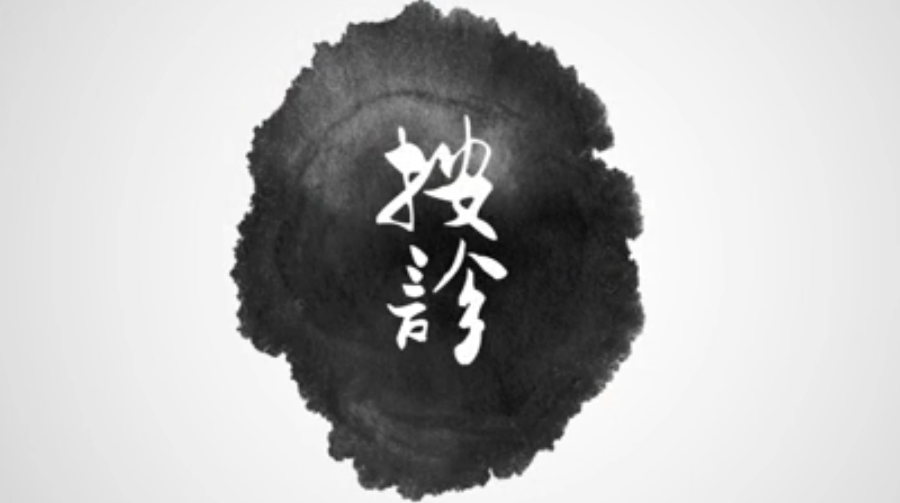

Long press to recognize the QR code, follow Joyful Medicine
Discover the wonders of TCM together, bringing TCM closer to life
Article looks good, click here

